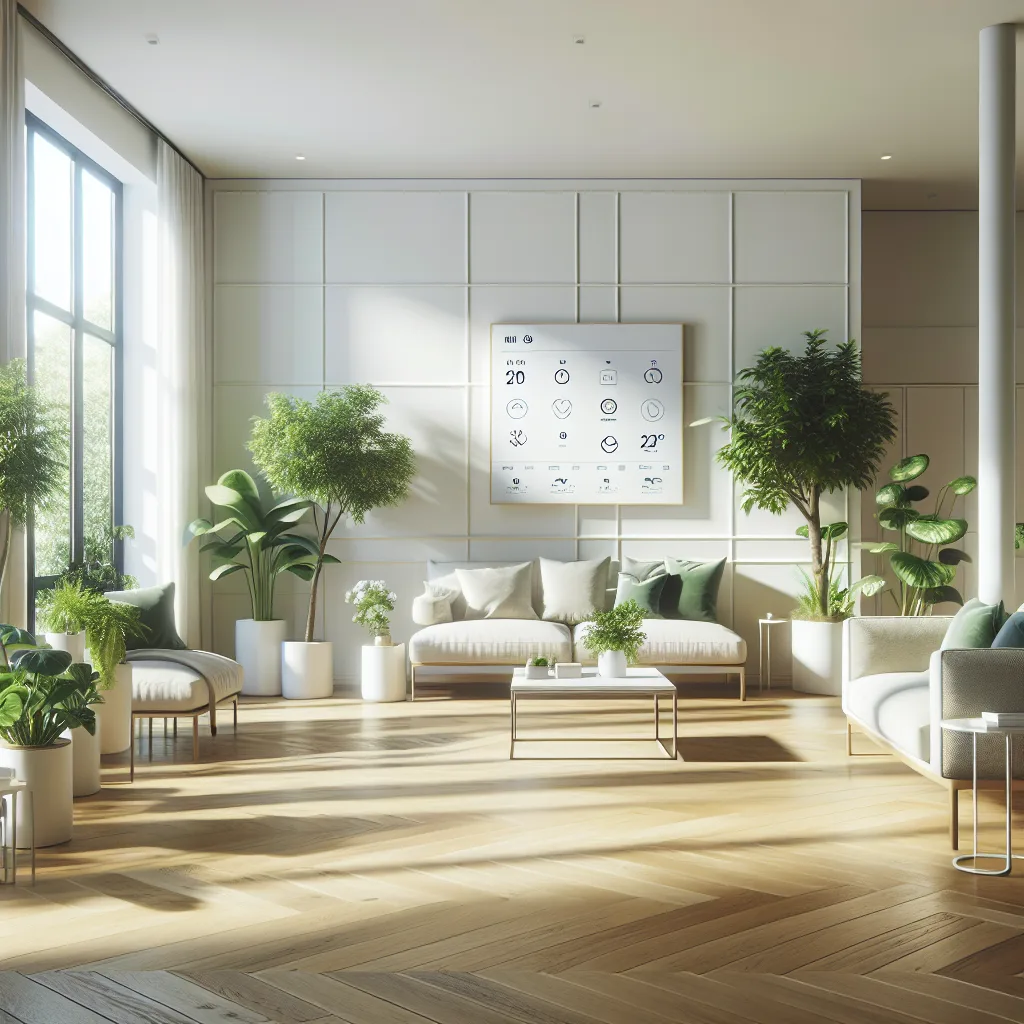More than just trends, it’s about creating a space that truly supports your well-being. Here’s how to start with healthy home design.
I’ve been thinking a lot about the word “home.” We use it all the time, but do we ever stop to think about what it really means? A house is just a structure of walls and a roof. But a home… a home is where you’re supposed to feel safe, comfortable, and truly yourself. It’s a space that should support your well-being. This idea is the core of healthy home design, a concept that goes way beyond fleeting interior design trends to focus on creating living environments that are genuinely good for us.
For a long time, the big conversations about healthy buildings have focused on commercial spaces—offices, schools, and hospitals. And that’s great! But it’s left our own living spaces feeling a bit neglected. It feels like we’re often left to figure things out on our own, navigating city codes and dysfunctional layouts without a real roadmap for well-being.
The good news is, that’s starting to change. More people are asking how they can create a home that doesn’t just look good, but feels good, too.
So, What Is Healthy Home Design, Really?
When you hear “healthy home,” your mind might jump to expensive air purifiers or fancy smart gadgets. And while technology can play a part, it’s not the starting point. True healthy home design is built on a foundation of timeless principles that cater to our fundamental human needs.
It’s about things like:
- Natural Light: Are you getting enough of it? Sunlight doesn’t just save on electricity bills; it helps regulate our sleep-wake cycles (our circadian rhythm) and can genuinely boost our mood.
- Air Quality: This is a big one. From the materials used in your furniture to the airflow in your rooms, the quality of the air you breathe has a massive impact on your health. Poor ventilation can lead to a buildup of allergens and pollutants.
- Connection to Nature: Ever notice how you just feel better after being outside? Bringing elements of nature indoors, a concept known as biophilic design, can reduce stress and improve focus. This can be as simple as adding a few houseplants or choosing natural materials like wood and stone.
- Layout and Flow: Does your home’s layout work for you? A well-designed space flows intuitively and reduces daily friction. It provides both spaces for social connection and quiet nooks for solitude, catering to your psychological needs.
Creating a home that actively enhances your well-being is a science and an art. Organizations like the International WELL Building Institute have developed comprehensive standards for creating spaces that advance human health, and many of these principles can be scaled down and applied right in our own homes.
The Role of Technology in Healthy Home Design
Okay, so let’s talk about technology. Where does it fit in? The best technology for a healthy home is the kind that works quietly in the background to support those core principles we just talked about. It’s not about adding more screens or complexity. It’s about using smart tools to automate and enhance your environment.
Think of it this way:
- Smart Lighting: This is one of the most powerful tools for healthy home design. Systems like Philips Hue allow you to change the color temperature and brightness of your lights throughout the day. You can have bright, cool-toned light in the morning to help you wake up and warm, soft light in the evening to help you wind down, mimicking the natural rhythm of the sun.
- Air Quality Monitors: Instead of just guessing, a simple monitor can tell you about the levels of VOCs (volatile organic compounds), dust, and humidity in your home. This data empowers you to act—maybe it’s time to open a window, turn on a purifier, or add a dehumidifier.
- Smart Thermostats: A thermostat like the Nest or Ecobee learns your schedule to keep you comfortable while saving energy. Consistent, comfortable temperature isn’t just a luxury; it contributes to better sleep and overall comfort.
The goal isn’t to create a “smart” home, but a wise one. Technology should serve the human, not the other way around.
Simple Steps to a Healthier Home Today
You don’t need to undertake a massive renovation or spend a fortune to start making a difference. The journey toward a healthier home is about making small, intentional choices.
Here are a few ideas to get you started:
- Let the Light In: First thing in the morning, open your curtains wide. If you have any dark corners, consider using mirrors to bounce light around the room.
- Go Green: Add a few low-maintenance houseplants. Snake plants and ZZ plants are nearly impossible to kill and are great natural air purifiers.
- Declutter One Space: Pick one small area—a countertop, a nightstand, a single shelf—and clear it of everything you don’t need. A clutter-free environment can have a surprisingly positive impact on your mental state.
- Mind Your Air: Open your windows for at least 15 minutes a day to circulate fresh air. Consider switching to non-toxic cleaning supplies to reduce indoor pollutants.
Ultimately, building a home that enhances your life is a deeply personal process. It’s about tuning into what truly makes you feel good and having the confidence to choose that over trends or outdated standards. Your home should be your sanctuary—a place where you can rest, recharge, and thrive. And that’s a foundation worth building on.
